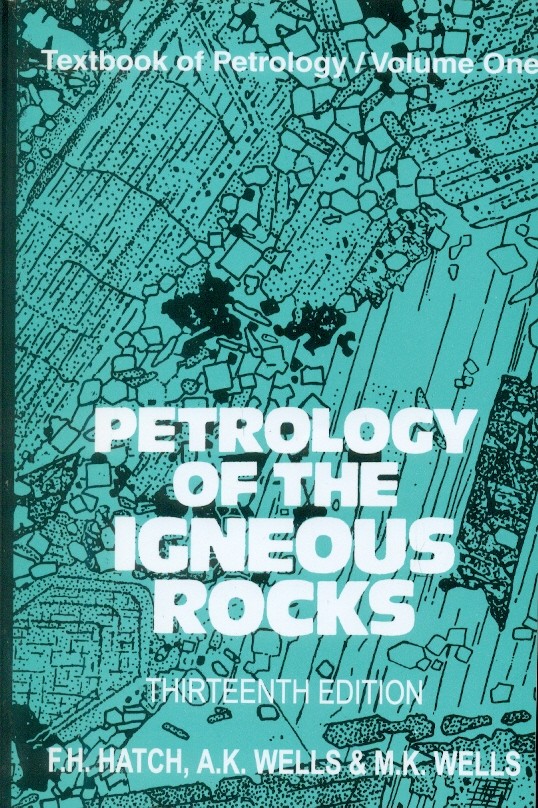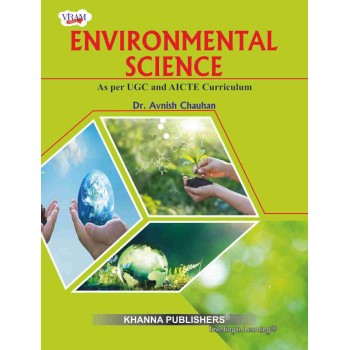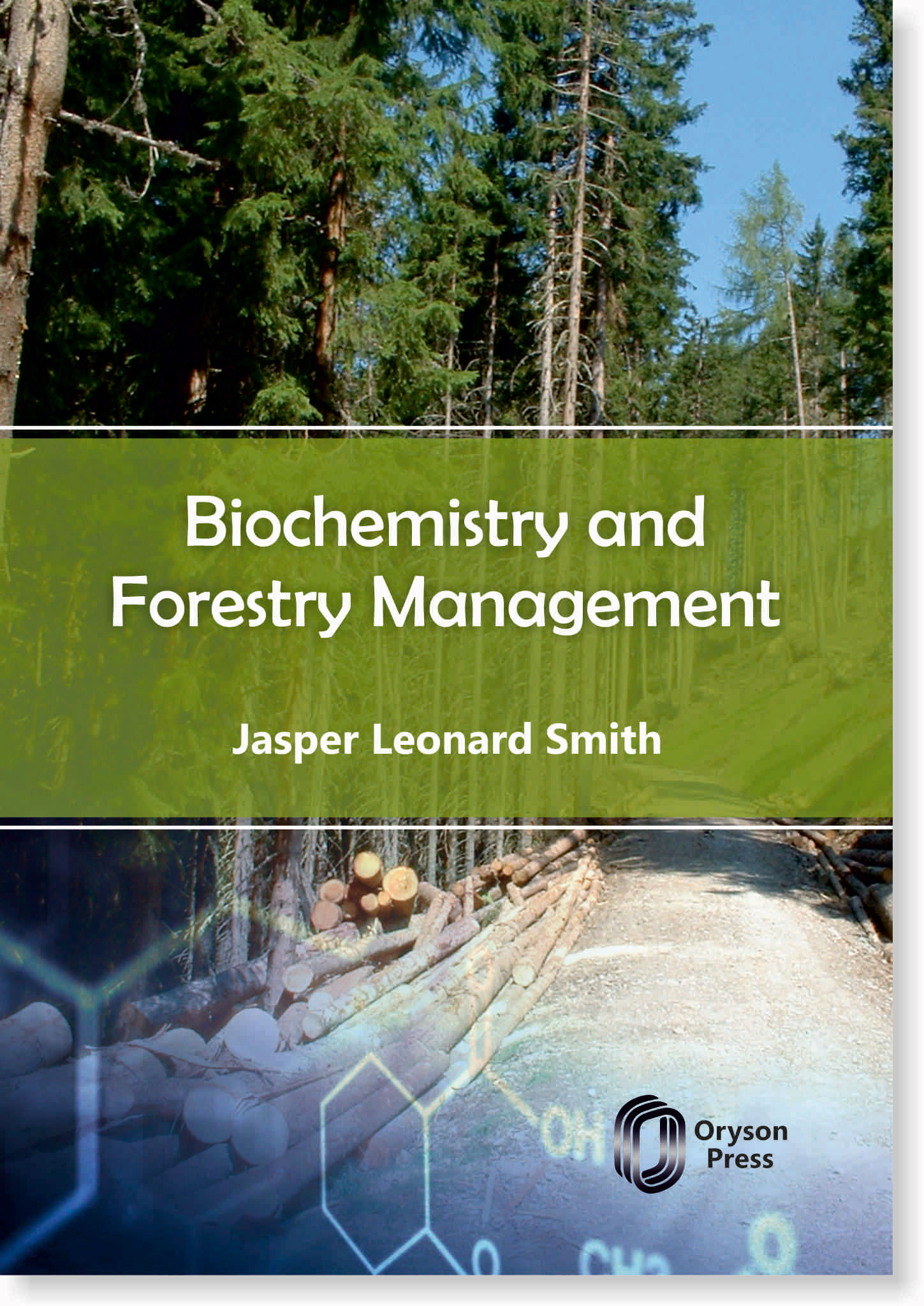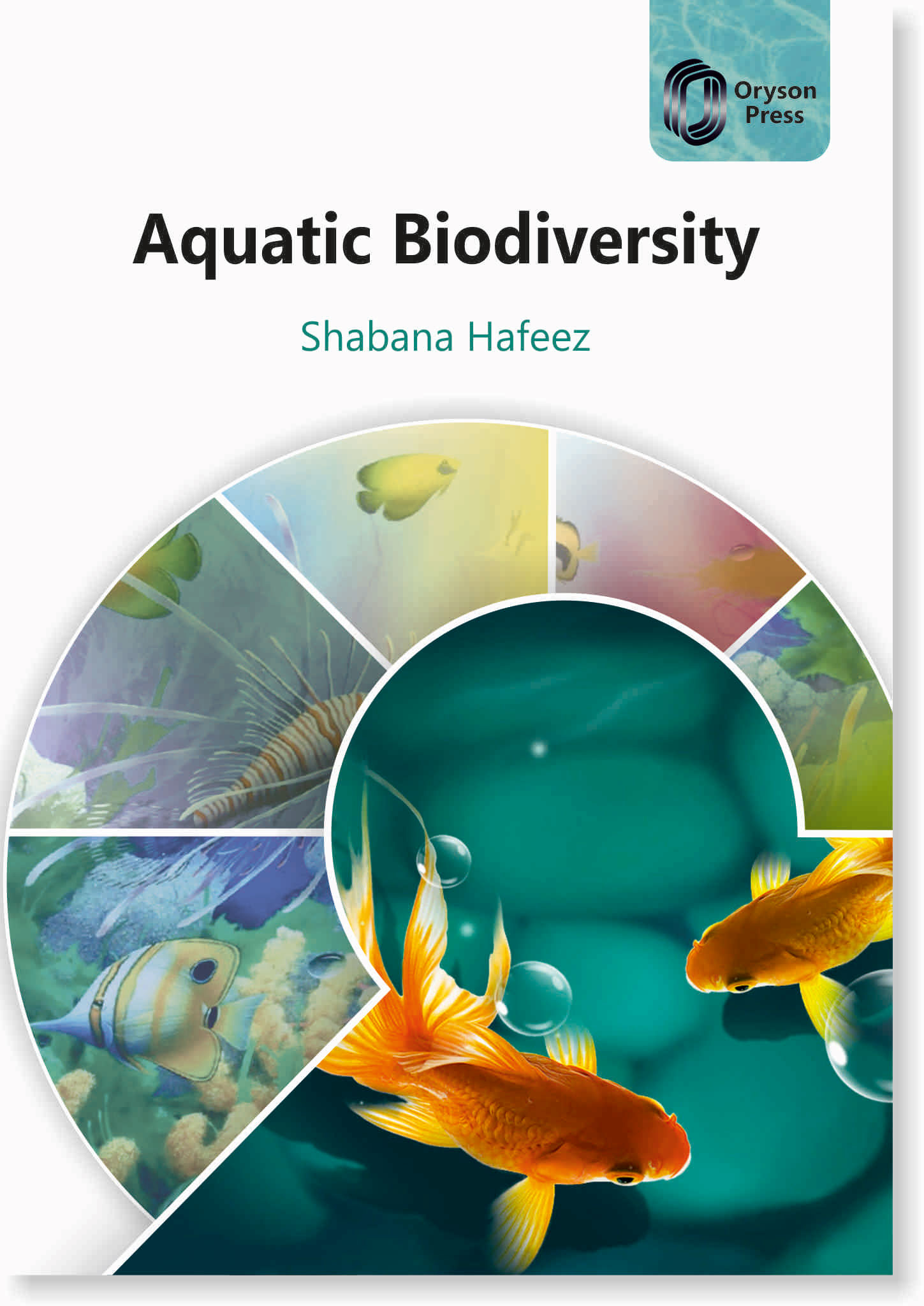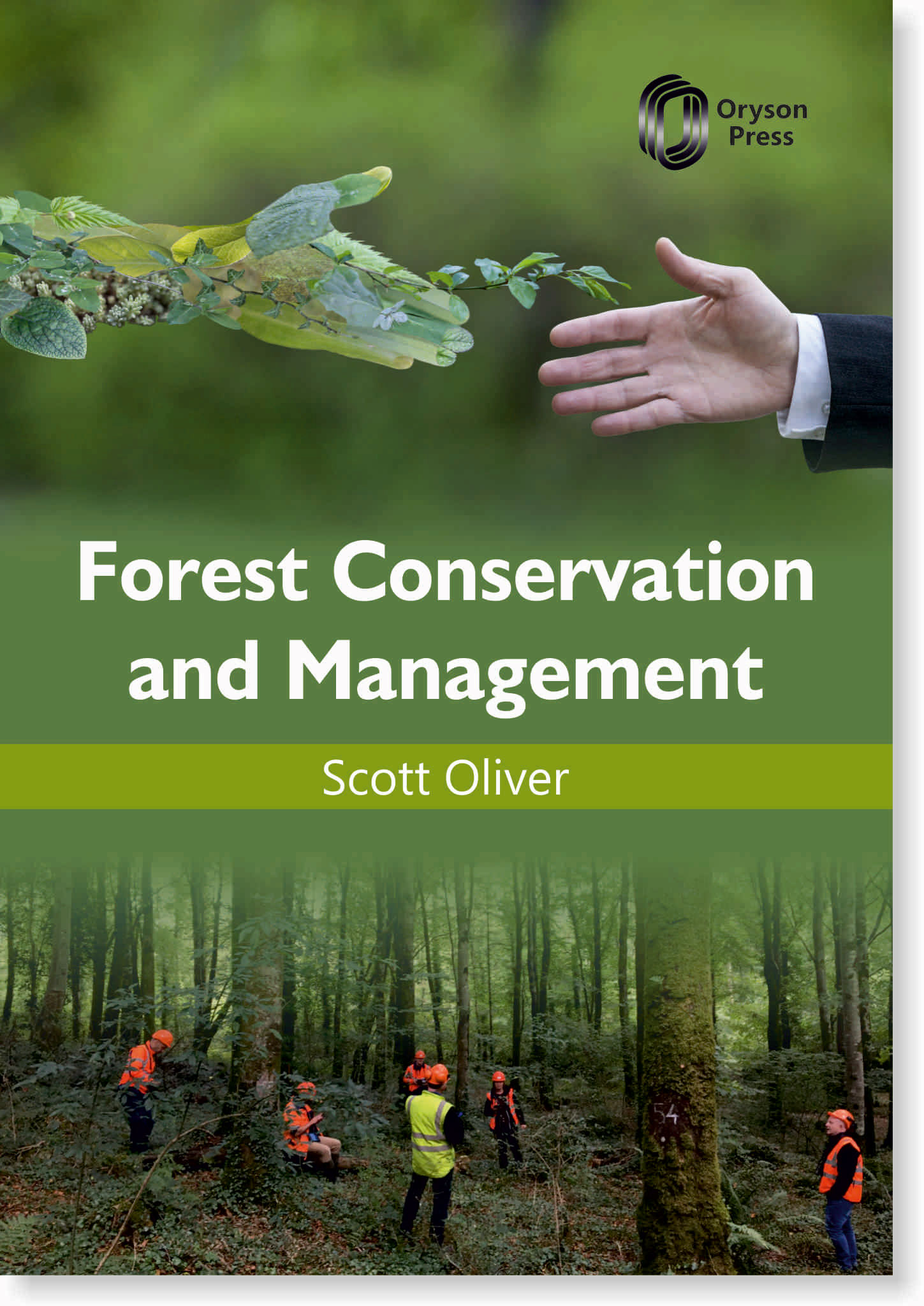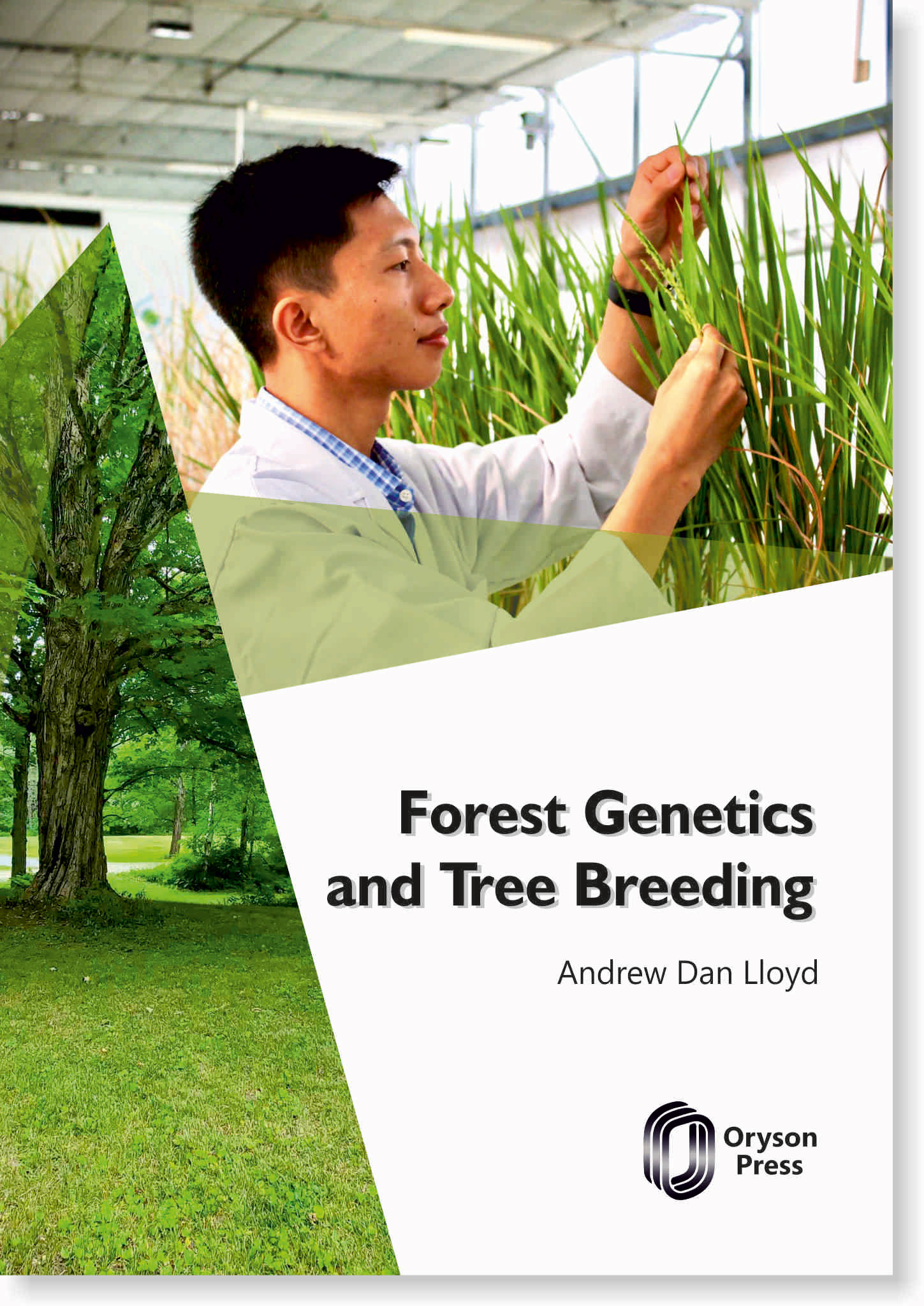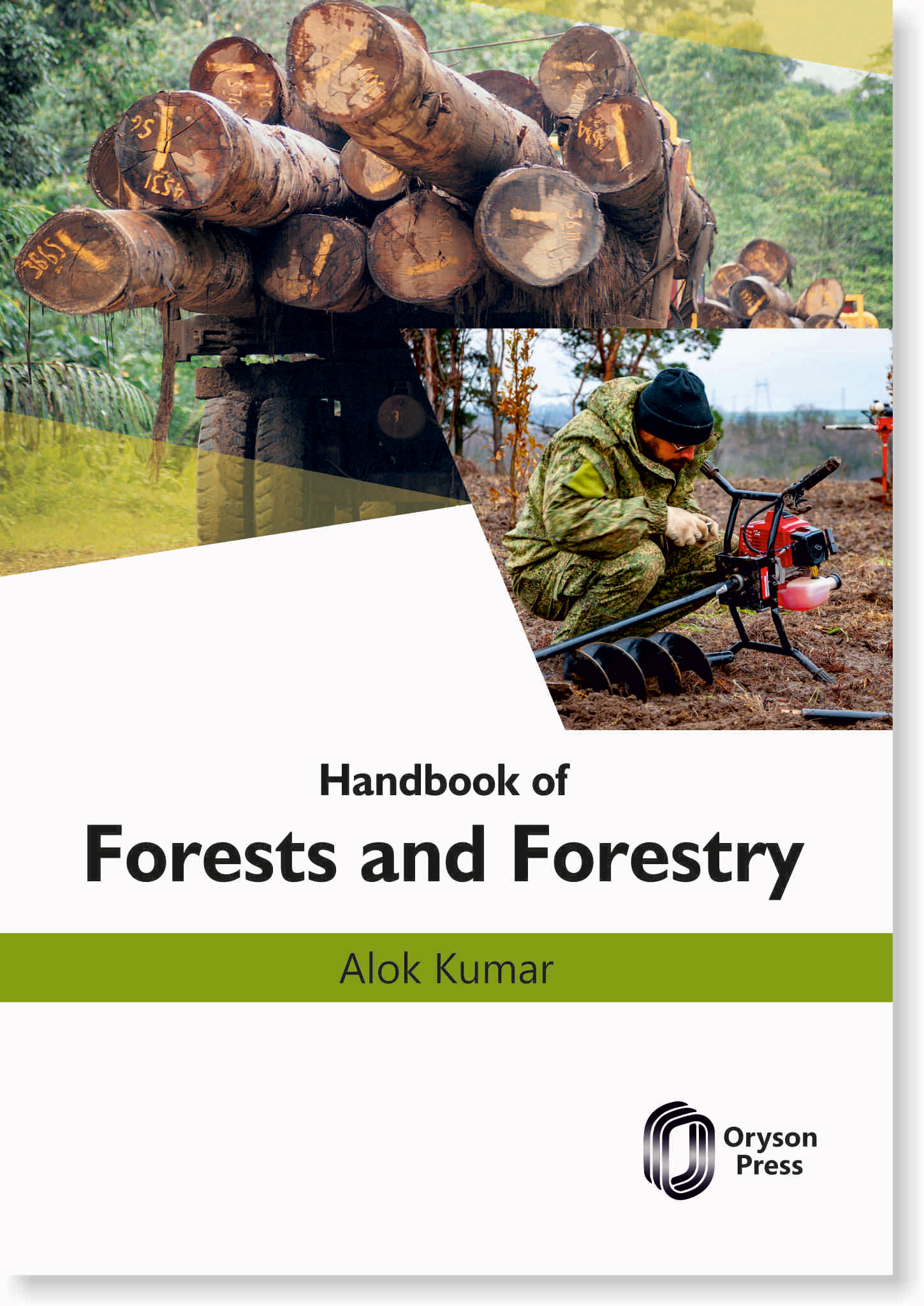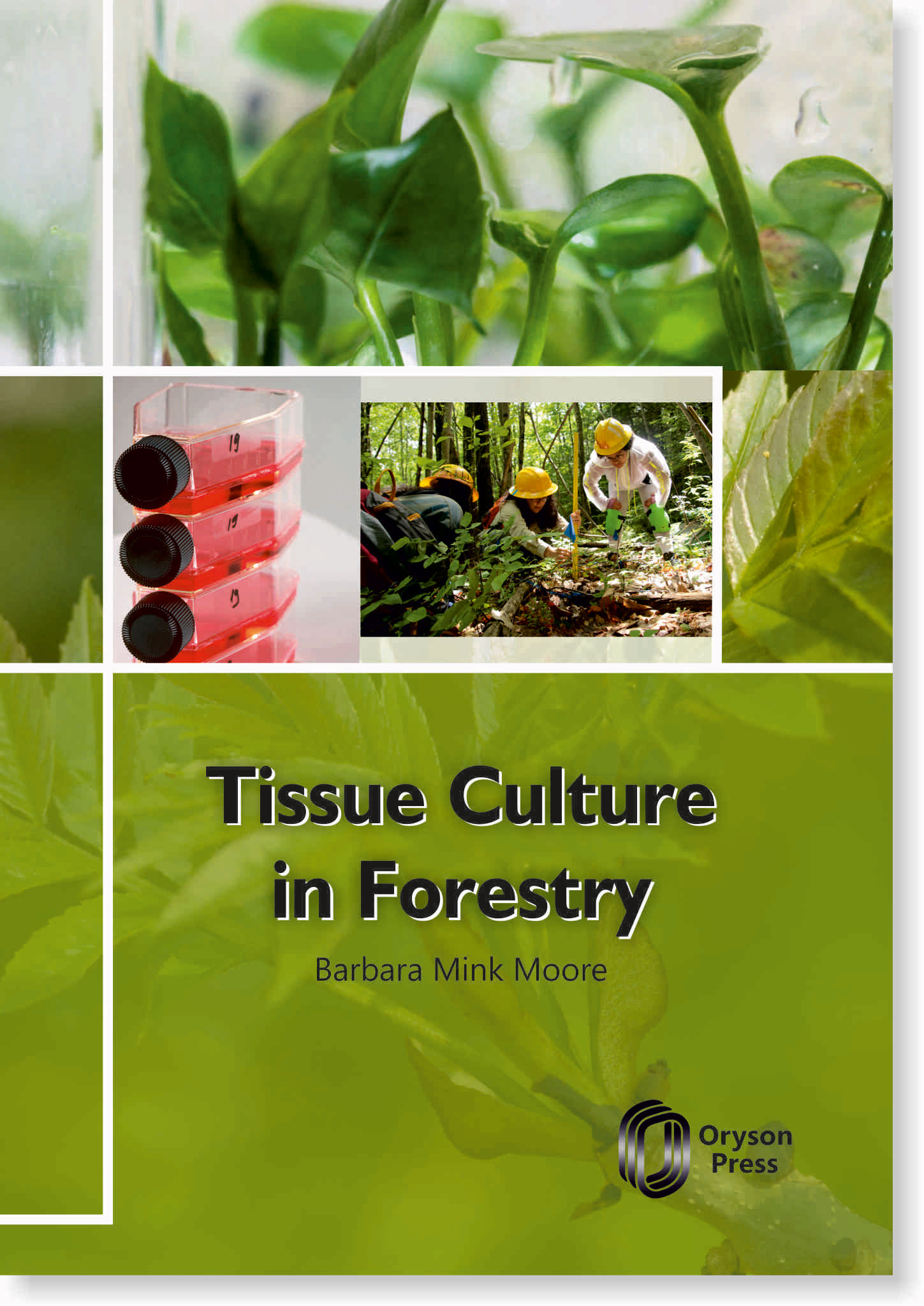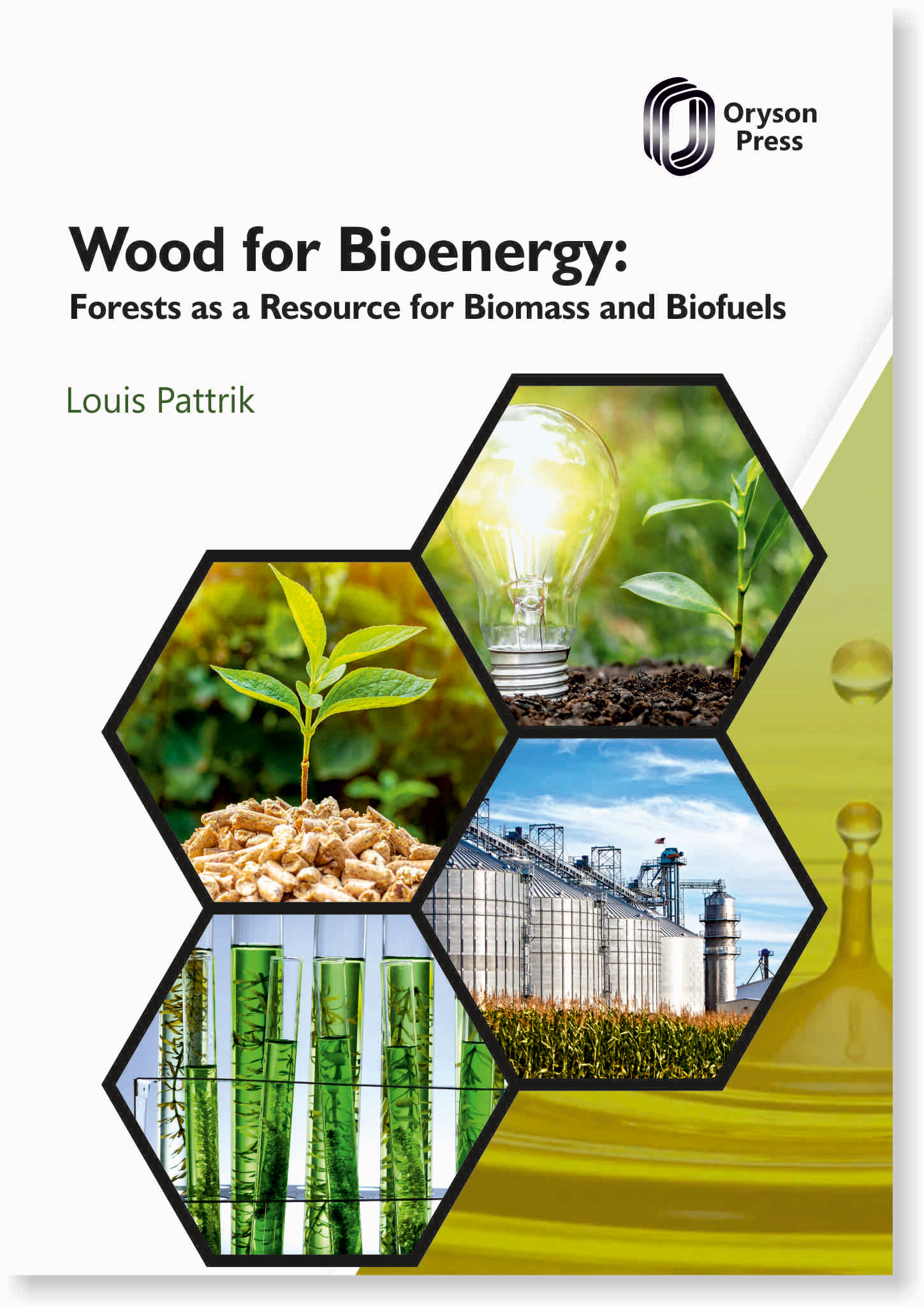Environmental science is an interdisciplinary academic field that integrates physics, biology, and geography
Featured Products
Petrology Igneous Sedimentary And Metamorphic (Pb 1999)
₹523.60
M.R.P.:₹ 595.00
You Save: ₹71.40 (12.00% OFF)
Wood for Bioenergy: Forests as a Resource for Biomass and Biofuels
₹6,850.38
M.R.P.:₹ 11,049.00
You Save: ₹4,198.62 (38.00% OFF)


.jpg)
